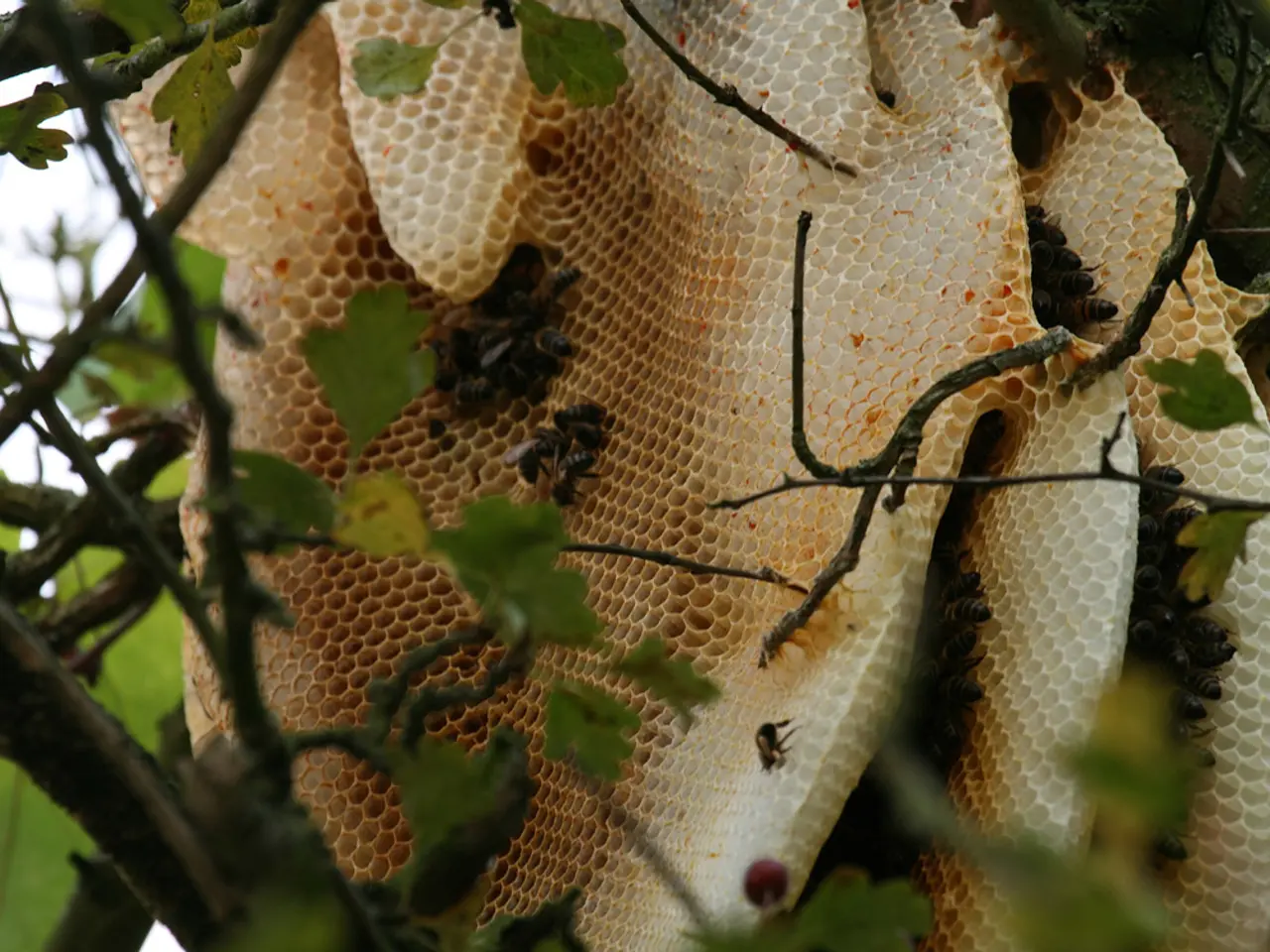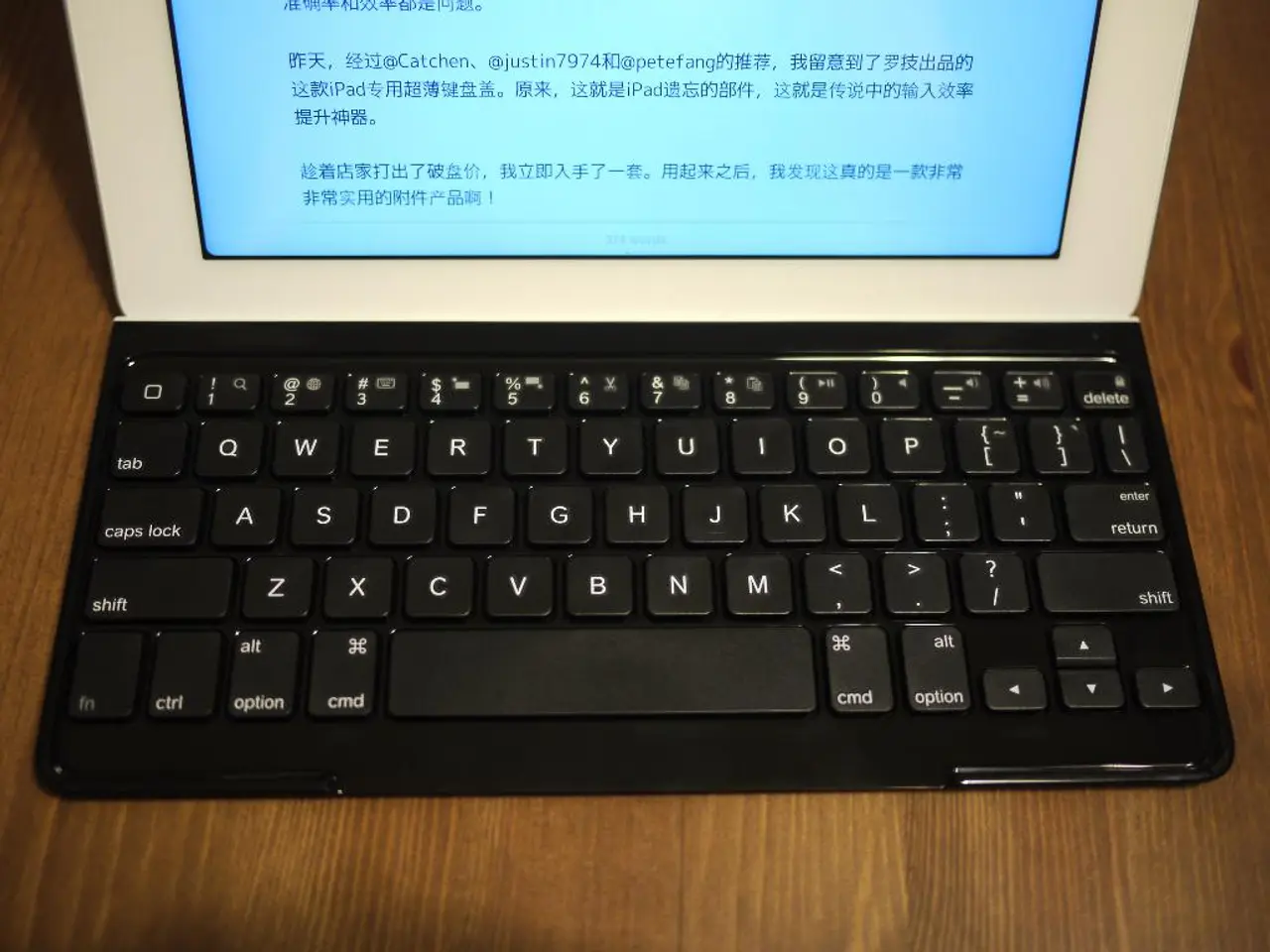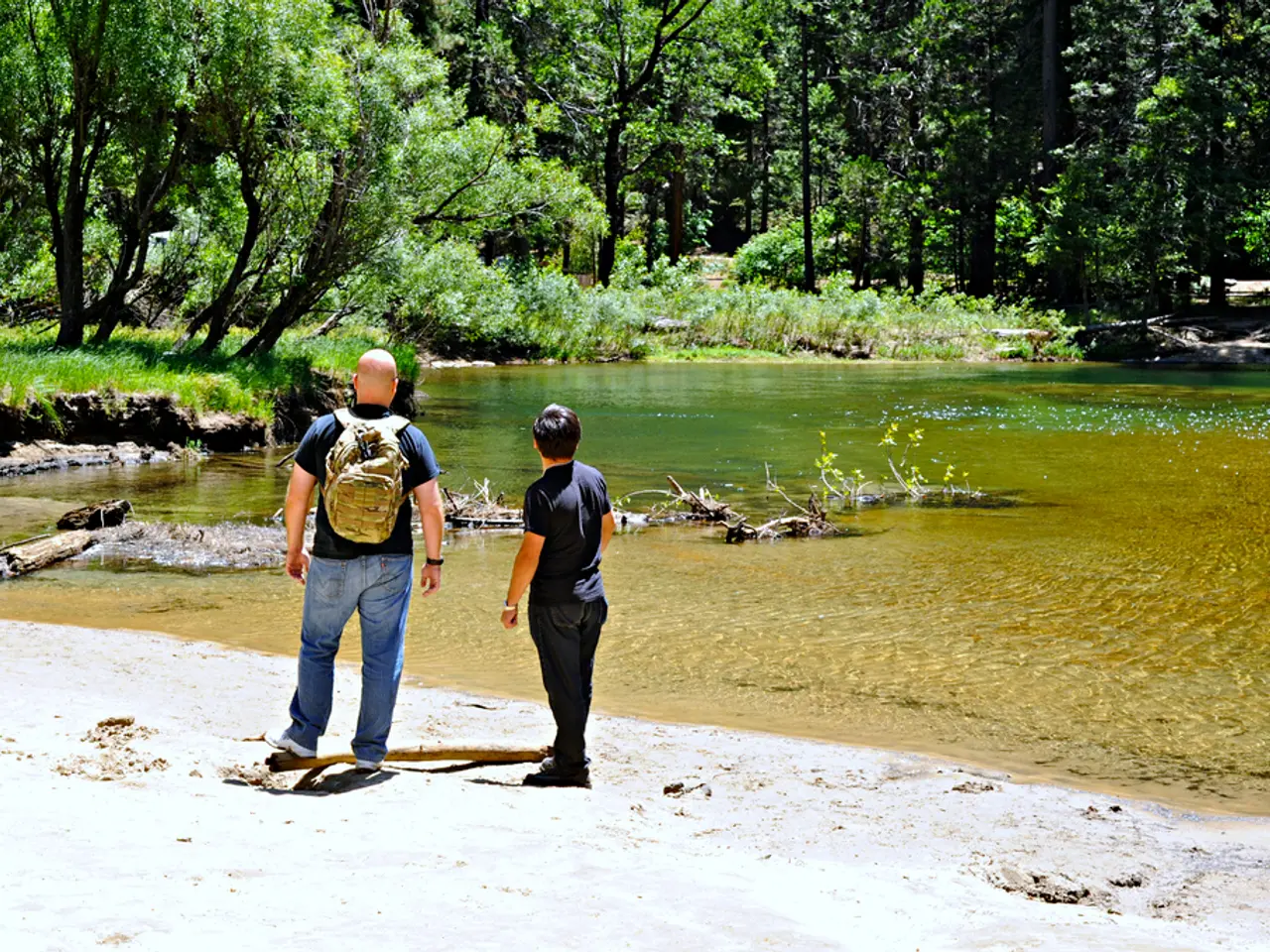Starlink's Direct-to-Cell Service Now Accommodates IoT Gadgets
In a groundbreaking development, SpaceX's Starlink Direct-to-Cell (DTC) service has expanded into Internet of Things (IoT) connectivity, offering a practical solution for remote sensor networks without relying on ground-based cellular infrastructure.
The world's first Starlink DTC IoT network has been deployed in New Zealand, thanks to a partnership between local carrier One NZ and tech vendor APIS Solutions. This network, designed specifically for beehive monitoring, allows for real-time data connectivity even in some of the country's most isolated areas.
One NZ, the first entity to offer Starlink-powered cellular service, launched the network back in December. Since then, it has been used to connect IoT devices in remote regions, exemplifying Starlink DTC’s capability to support IoT devices in regions where terrestrial infrastructure is limited or non-existent.
APIS Solutions has developed a device that connects directly to Starlink's cellular satellites, bypassing the need for nearby cell towers. This setup enables continuous monitoring of beehives in areas without cellular coverage.
T-Mobile, another major player in the telecommunications industry, is also set to join the Starlink bandwagon. The company has commercially launched its Starlink-powered T-Satellite service in the U.S. last week, and IoT support is on their roadmap.
The potential of Starlink DTC extends beyond beehive monitoring. SpaceX and One NZ are seeking additional radio spectrum access from the U.S. Federal Communications Commission (FCC) to expand capacity for IoT and data services via Starlink DTC. This indicates plans for broader and more robust IoT connectivity offerings.
In Canada, Rogers is testing Starlink DTC-based SMS messaging across its network, suggesting a broader international rollout may be on the horizon.
For those interested in learning more about the system's functionality and future potential, APIS Solutions has a YouTube video detailing the technology.
With Starlink DTC, the future of IoT connectivity in remote and isolated areas looks brighter than ever. The technology provides a practical solution for remote sensor networks, opening up a world of possibilities for industries such as agriculture, environmental monitoring, and more.
Science and technology are set to revolutionize the industry in various sectors, particularly those requiring remote connectivity in isolated areas. The Department of Agriculture and Environmental Monitoring in Canada, for instance, might leverage Starlink DTC's potential for agriculture and environmental monitoring, just like One NZ has employed it for beehive monitoring. Meanwhile, T-Mobile, in the field of finance, is introducing Starlink-powered T-Satellite service for IoT support, accentuating the versatility of Starlink DTC in the space-and-astronomy industry.




